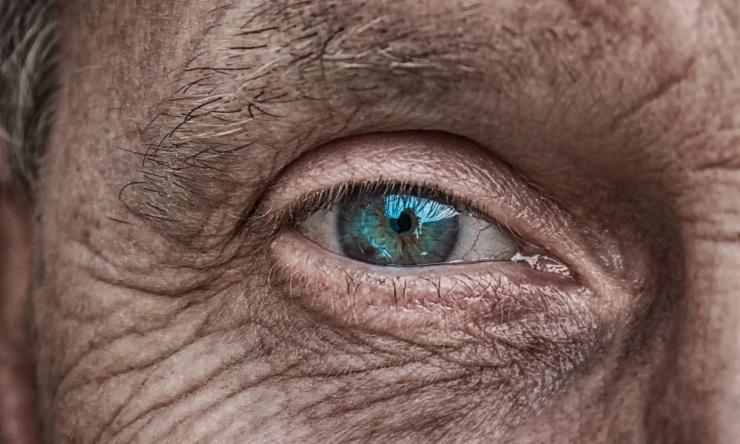Aging eyesight issues and treatment
Diminishing eyesight is a common issue that occurs with age. While often unavoidable, routine eye checks are crucial. A Baylor College of Medicine ophthalmologist describes different age-related eyesight problems and how to manage them.
Cataracts
This is one of the most common age-related eyesight issues. A cataract is when the natural clear lens we are born with becomes cloudy. This affects focusing and can cause symptoms such as experiencing blurry vision despite wearing glasses or having issues with driving at night.
“Everyone develops a cataract in time. Some people develop them earlier in life, while most develop age-related cataracts,” said Dr. Sumitra Khandelwal, associate professor of ophthalmology at Baylor. “You start to see signs of cataracts in your late 50s and 60s and they continue to grow throughout the decades.”
Surgery is the best option once cataracts start affecting vision. It involves removing the clouded lens and implanting a clear, artificial lens. Unlike most aging eyesight conditions that require management, surgery removes the cataract and cures vision issues.
Presbyopia
Similar to cataracts, presbyopia (or loss of near vision) also occurs among most aging adults and cannot be prevented. At a younger age, the lens in the eye is able to accommodate or move to see distance near or far, allowing people to do activities without glasses or with one single pair of glasses. As you age, usually at age 45 or older, you start to need more lighting or a reading glasses prescription to see up close. This continues to worsen with age.
Treatment options to manage presbyopia include:
- Glasses
- Special contact lenses
- Laser vision correction
- Prescription eyedrops that make the pupil smaller to help you see up close for six to eight hours
Macular degeneration
A less-common issue that affects the older population is age-related macular degeneration, an aging process where the retina develops areas of thinning. The dry form is the most common and can affect the central vision slowly. About 20% of these patients will convert to the wet form, which may require injections in the eye. Your eye provider would be able to determine the type of macular degeneration.
Khandelwal recommends taking eye vitamins that assist with vision loss and making lifestyle changes to prevent the worsening of it, such as eating leafy greens and avoiding smoking. She urges seeing an eyecare provider annually if you experience macular degeneration.
“You can develop early signs of macular degeneration and not know it,” Khandelwal said. “If you have a family history of it, that may be a reason to see your eye provider earlier in life.”
Glaucoma
Glaucoma occurs when high pressure in the eye damages the nerve in the eye. The nerve’s role is crucial because it sends messages from the eye to the brain.
“One of the most important parts of our ability to see is the optic nerve because it allows what we see to actually register to the brain,” she said.
Glaucoma also can run in the family, or you can have a genetic predisposition to it even if a family member does not have it. Most types of glaucoma do not cause pain, so there is no indicator of developing it until you visit an eyecare provider. As you age or if you have a family history of glaucoma, your provider will check your pressure and catch signs of early glaucoma before it begins to impair vision. Similar to macular degeneration, glaucoma cannot be prevented. Treatment involves taking certain eyedrops to control the pressure that help prevent the worsening of vision.
Dry eye
Everyone experiences age-related dry eye. As your skin gets drier with age, so do the eyes. Treat dry eye by using artificial tears.
“If your skin is dry and you wait until it’s very papery to put lotion on it, it won’t help as much as if you put lotion on the skin daily to prevent dryness – the same goes for your eyes. As you get older, you notice dryness and irritation. This is when you should start using artificial tears,” Khandelwal said.
Treatment options include over-the-counter eyedrops, over-the-counter eye ointments and prescription eyedrops. Eyecare providers can prescribe medications that reduce eye inflammation and increase your tear production. Make sure to catch this early on, or else your dry eye can become so advanced that treatment might not be an option.
“Don’t blame vision issues on just aging eyes. Get your eyes checked out because it can be a more serious issue that can be treated,” Khandelwal said. “If you wait too long, there may not be ability to treat it.”
Learn more about Baylor Eye Care.










